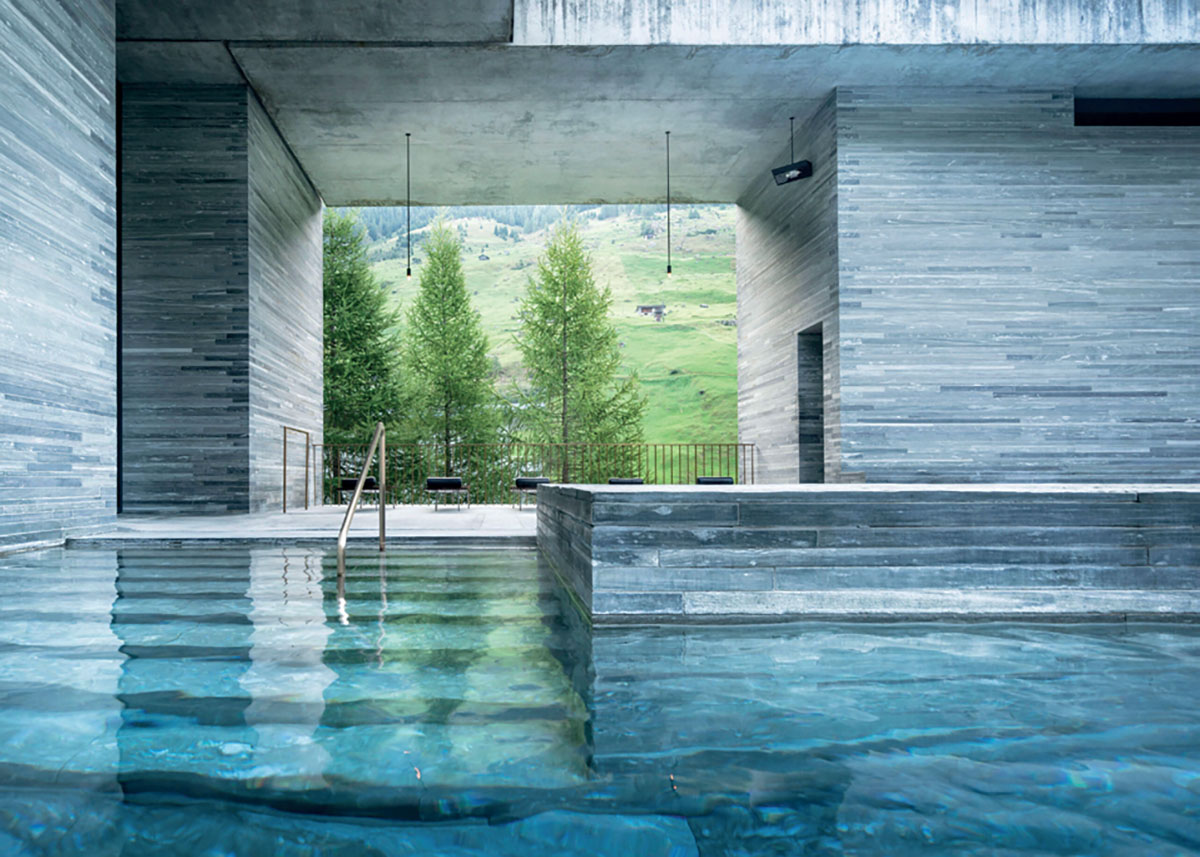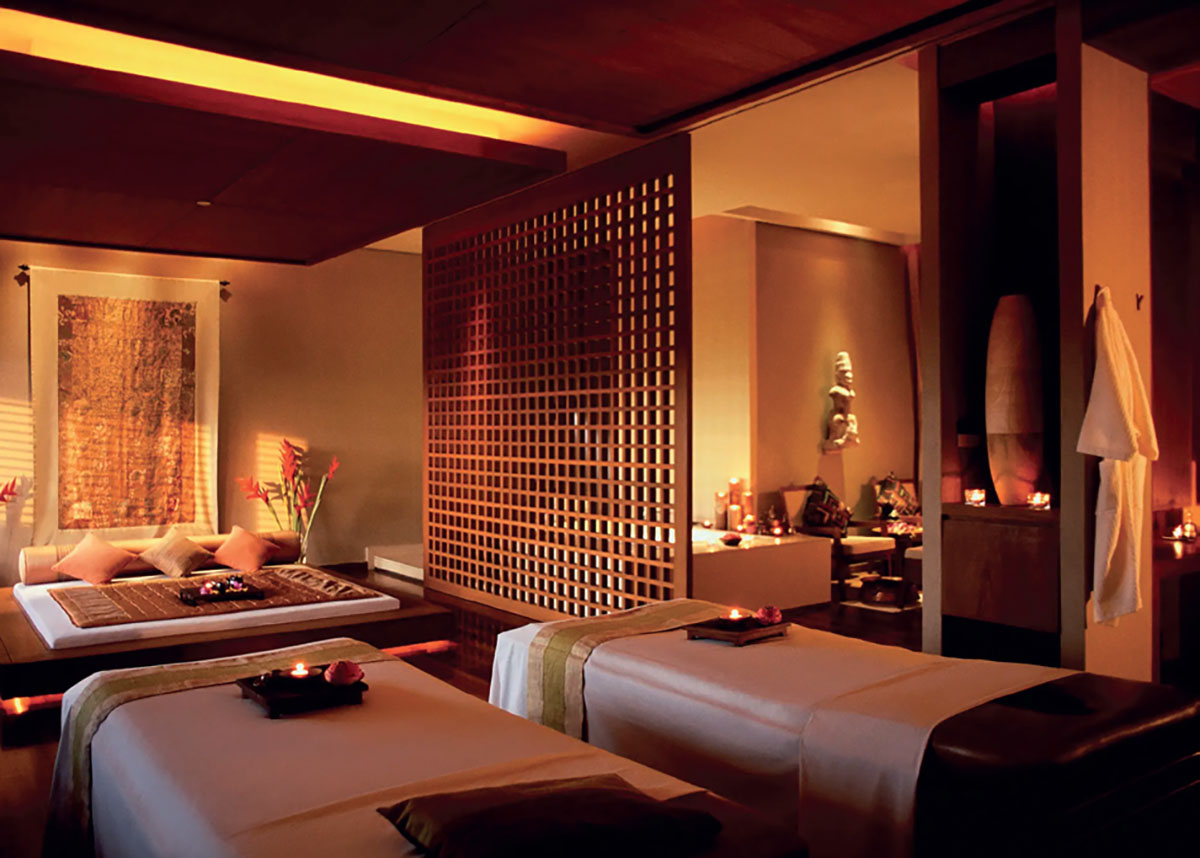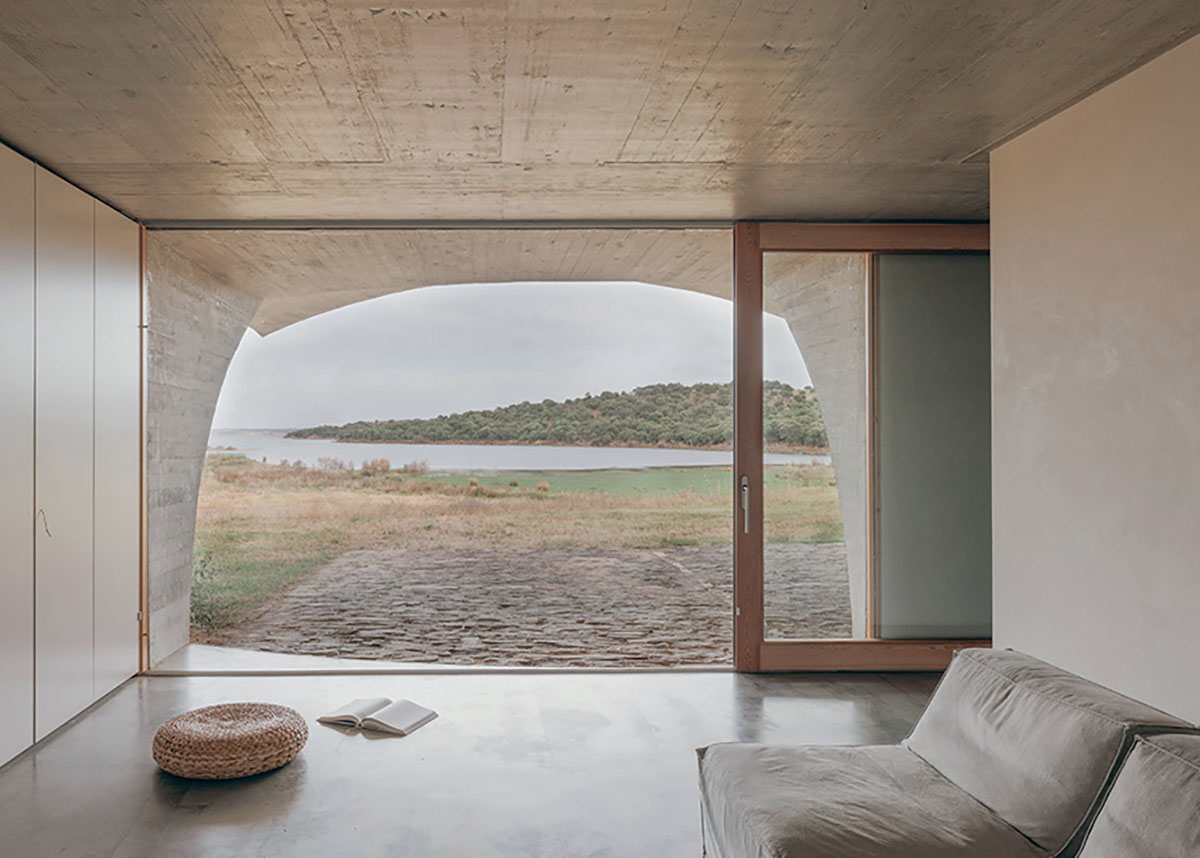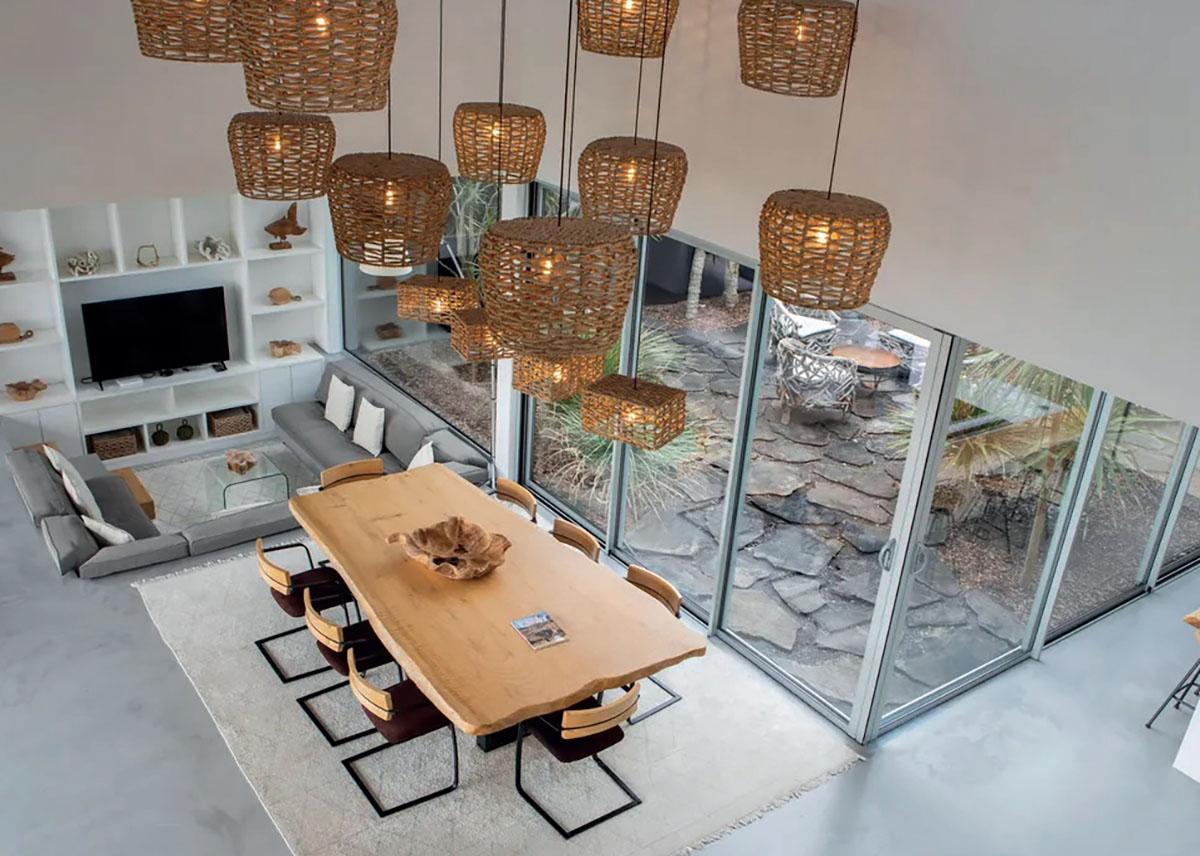Travelling has taken on a new rhythm. More serene... More silent... The true privilege now seems to lie in stillness.Quiet tourism goes far beyond a trend. It is a delicate response that counters excess, a conscious pause in digital disharmony or, simply, an escape to places where time slows down and noise dissipates.
THE LUXURY OF SILENCE, IN MULTIPLE FORMS
The origin of silent travel dates back to ancient spiritual traditions, especially Buddhist philosophy, in which for centuries monks gathered in temples and mountains to practise silent meditation (Vipassana), cultivate mental clarity and achieve inner balance.
Today, this legacy inspires contemporary wellness tourism. Sanctuaries from different cultures reinterpret silence as a form of healing, which the world of luxury and exclusivity has been able to capture. Thus, silent retreats and mindful journeys were born – immersive experiences where luxury is measured in time and serenity.
THE LUXURY OF SILENCE, IN MULTIPLE FORMS
The culture of silence manifests itself in different ways, always with a common denominator: offering tranquillity, natural beauty and well-being as an art of living. And the experiences go far beyond a hotel stay, with some even specialising in offering personalised trips and itineraries for those seeking inner transformation.
In Koyasan or Kyoto, Japan, for example, it is possible to stay in Buddhist temples and participate in secular rituals, from Zen meditation and silent nature walks to tea ceremonies. In India and Bali, Vipassana retreats offer total immersion in silence, combining yoga, Ayurveda and mindful eating. And in Finnish Lapland, insulated glass igloos invite you to contemplate the northern lights, experiences designed for those seeking the absolute luxury of solitude.
And there are destinations that transform seclusion into sensory art: Ananda in the Himalayas, a spiritual retreat, or Bliss & Stars in South Africa, where the silence of the desert is accompanied by astronomy and meditation programmes under the clearest skies on the planet.
In Thailand, Shangri-La Mai offers a fusion of spirituality and hospitality, with meditation sessions with a resident monk, while in the United Kingdom and Catalonia, Unplugged cabins reintroduce the pleasure of literally disconnecting and enjoying an analogue lifestyle.
And there are spaces that transform silence into pure architecture, such as the 7132 Hotel in Vals, Switzerland, designed by Peter Zumthor (Pritzker 2009), which is a temple of stone, light and water where the sound of the mountain becomes music. Or in Italy, the Eremito, in Umbria, which recreates the monastic experience with contemporary com- fort: stone rooms lit by candles, meals in silence and an atmosphere of almost sacred contemplation.
Even sound can be part of this atmosphere of silence. Many of these retreats use sound therapy and musical vibration to lead the body into a meditative state, in a sensory dialogue between science and spirituality.




IN PORTUGAL, SILENCE HAS A SIGNATURE AND... AN AESTHETIC PURPOSE
The Silent Living project, by architect Manuel Aires Mateus, is one of the most beautiful interpretations of contemplative luxury in Portugal. Between the banks of the Alqueva, in the Alentejo, and Com- porta, the houses with their pure, minimalist lines and neutral tones dissolve into the landscape, celebrating time, light and stillness.
But there are other destinations that make Portugal an increasingly sought-after destination for those who find healing in silence. São Lourenço do Barrocal reinvents rural luxury, among vineyards and centuries-old olive trees. Craveiral Farmhouse, on the Vicentine coast, blends sustainability with unpretentious sophistication. And White Exclusive Suites & Villas, in the Azores, offers the privilege of listening only to the sea. And so many other hid- den refuges, houses that "speak softly", hotels that blend in with nature...






